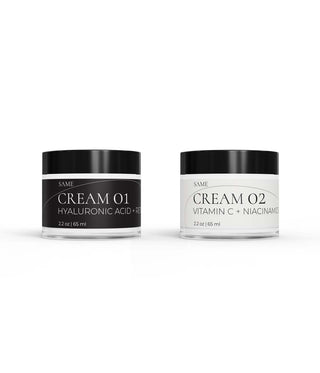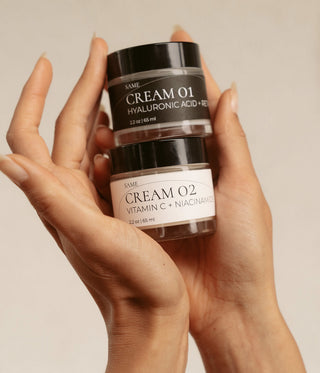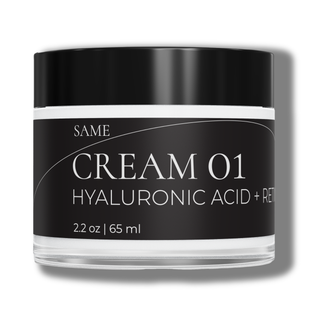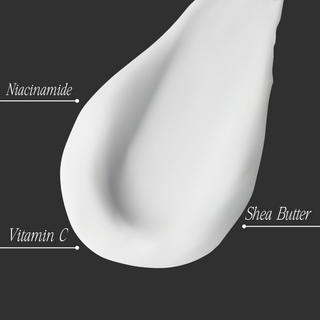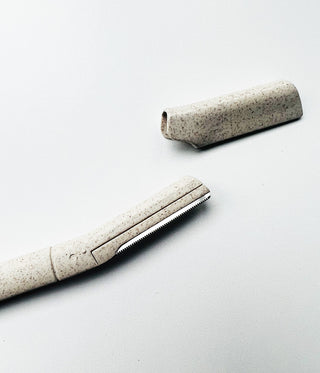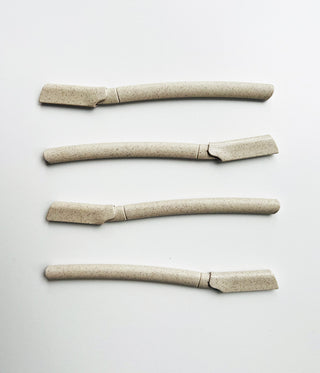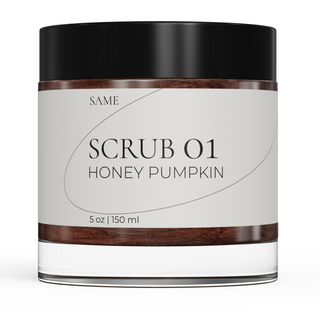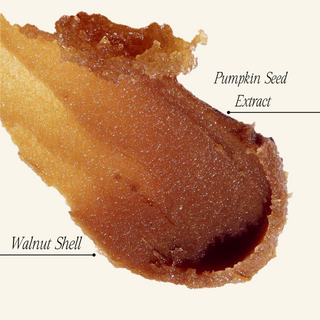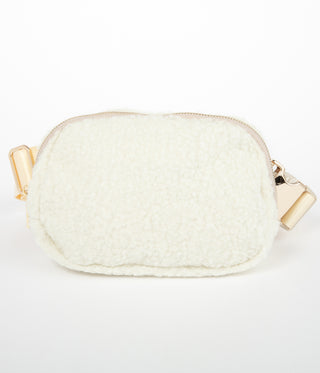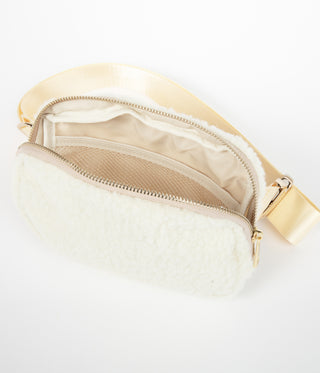Deep Dive into the Luteal Phase: Skincare Adjustments for Optimal Results
As you transition from ovulation to the luteal phase, the hormonal landscape shifts significantly, impacting your skin in unique ways. This phase, occurring from around Day 15 to the start of your next period, is characterized by rising progesterone and steady estrogen levels. Here’s how to adjust your skincare routine to address the changes and maintain healthy, radiant skin.
Hormonal Changes:
During the luteal phase, progesterone levels rise, while estrogen levels remain relatively steady:
- Progesterone: Increased progesterone can lead to heightened oil production and potential inflammation, making your skin more prone to breakouts and sensitivity.
- Estrogen: Steady estrogen levels continue to support skin hydration and elasticity but may not counterbalance the effects of rising progesterone entirely.
Effects on Your Skin:
- Increased Oil Production: Higher progesterone levels stimulate the sebaceous glands, leading to more oil production, which can result in clogged pores and acne.
- Inflammation: The luteal phase is often associated with increased skin sensitivity and inflammation, making your skin more reactive.
- Hydration Needs: While estrogen helps maintain hydration, the combined effects of oiliness and inflammation may require adjustments to your hydration strategy.
Harnessing the Luteal Phase: Your Skincare Routine
To manage the specific needs of your skin during the luteal phase, consider the following steps:
- Balancing Cleansers: Use a gentle, balancing cleanser to control excess oil without stripping your skin of essential moisture. Look for ingredients like salicylic acid or tea tree oil to keep pores clear.
- Anti-Inflammatory Treatments: Incorporate products with anti-inflammatory properties, such as niacinamide, green tea extract, or chamomile, to soothe and calm irritated skin.
- Non-Comedogenic Moisturizers: Choose lightweight, non-comedogenic moisturizers to maintain hydration without clogging pores. Might we suggest Face Oil 01: Cold-pressed Marula?
- Spot Treatments: Use targeted spot treatments to address breakouts quickly and reduce inflammation.
- Gentle Exfoliation: Continue gentle exfoliation to prevent dead skin cell buildup, but be mindful of your skin’s increased sensitivity. Opt for mild exfoliants like lactic acid or enzyme-based products.
- Oil Control Masks: Incorporate clay masks or charcoal masks once or twice a week to absorb excess oil and minimize the appearance of pores.
- Hydration Boost: Maintain skin hydration with hydrating serums, but avoid heavy oils or occlusive products that can exacerbate oiliness.
- Lifestyle Support: Support your skincare routine with a diet rich in anti-inflammatory foods, hydration, and stress management techniques to minimize hormonal breakouts.
Results and Benefits:
By syncing your skincare routine with the luteal phase, you can expect to:
- Control Breakouts: Address increased oil production and inflammation to reduce the frequency and severity of breakouts.
- Soothe Sensitivity: Calm and soothe sensitive skin to prevent irritation and discomfort.
- Maintain Hydration: Balance oil control with adequate hydration to keep your skin healthy and resilient.
- Optimize Skin Health: Tailor your routine to the hormonal changes of the luteal phase, enhancing the overall effectiveness of your skincare regimen.
Syncing your skincare routine with the luteal phase of your menstrual cycle helps you navigate the challenges of increased oil production and sensitivity. By focusing on balancing cleansers, anti-inflammatory treatments, and lightweight hydration, you can maintain healthy, clear, and radiant skin throughout your cycle.





